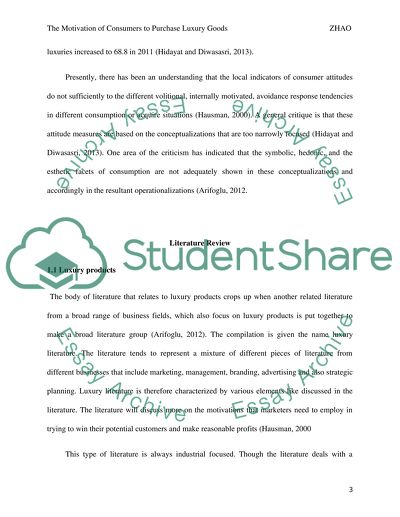Cite this document
(“The motivation of Consumers to purchase luxury goods Research Paper”, n.d.)
The motivation of Consumers to purchase luxury goods Research Paper. Retrieved from https://studentshare.org/marketing/1689737-the-motivation-of-consumers-to-purchase-luxury-goods
The motivation of Consumers to purchase luxury goods Research Paper. Retrieved from https://studentshare.org/marketing/1689737-the-motivation-of-consumers-to-purchase-luxury-goods
(The Motivation of Consumers to Purchase Luxury Goods Research Paper)
The Motivation of Consumers to Purchase Luxury Goods Research Paper. https://studentshare.org/marketing/1689737-the-motivation-of-consumers-to-purchase-luxury-goods.
The Motivation of Consumers to Purchase Luxury Goods Research Paper. https://studentshare.org/marketing/1689737-the-motivation-of-consumers-to-purchase-luxury-goods.
“The Motivation of Consumers to Purchase Luxury Goods Research Paper”, n.d. https://studentshare.org/marketing/1689737-the-motivation-of-consumers-to-purchase-luxury-goods.


